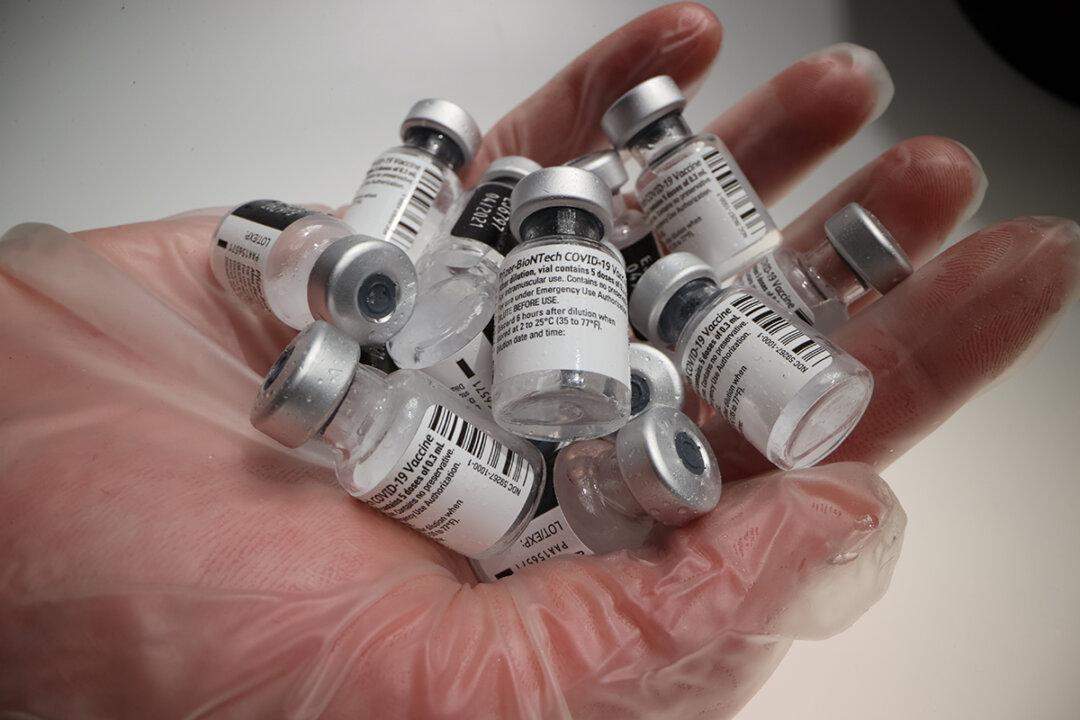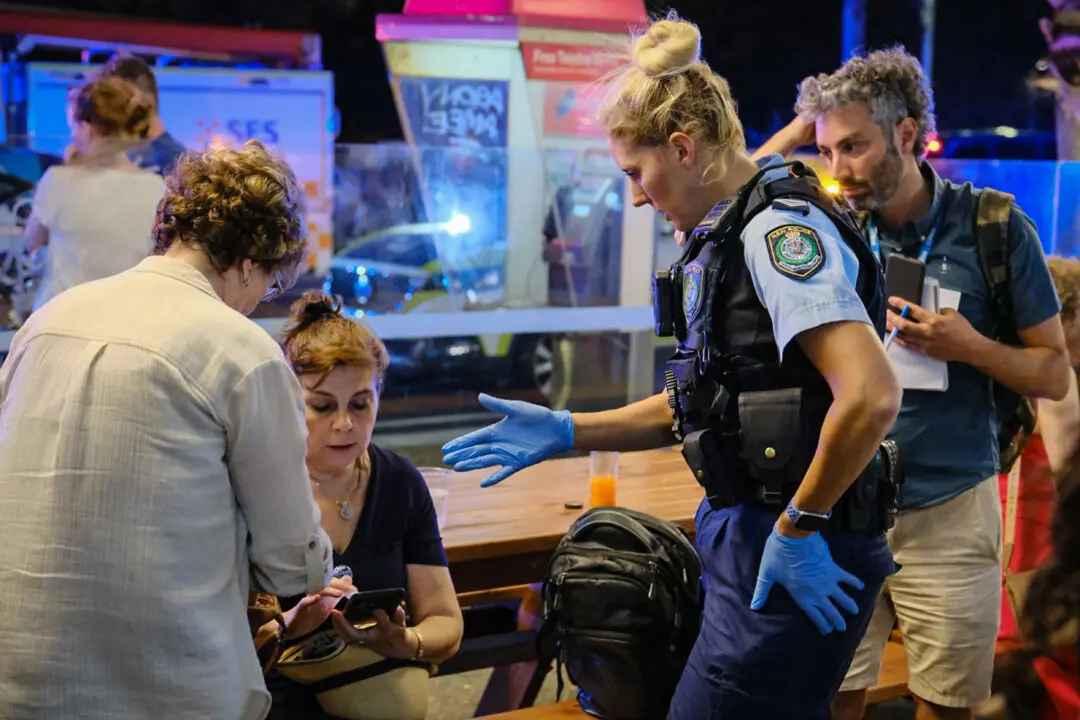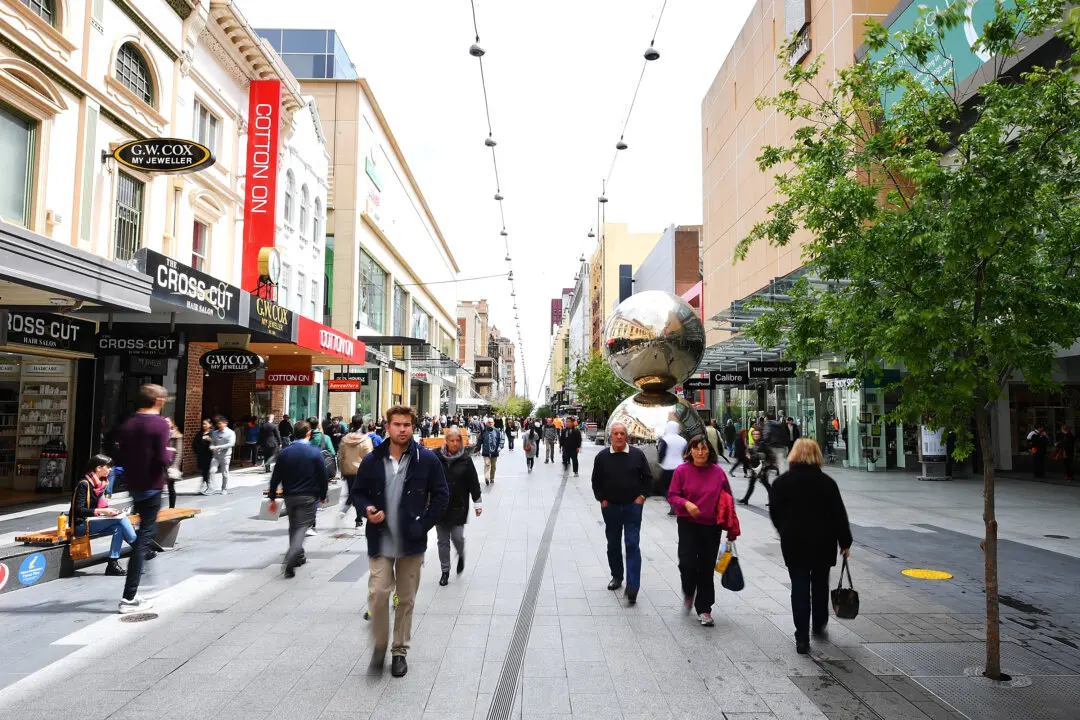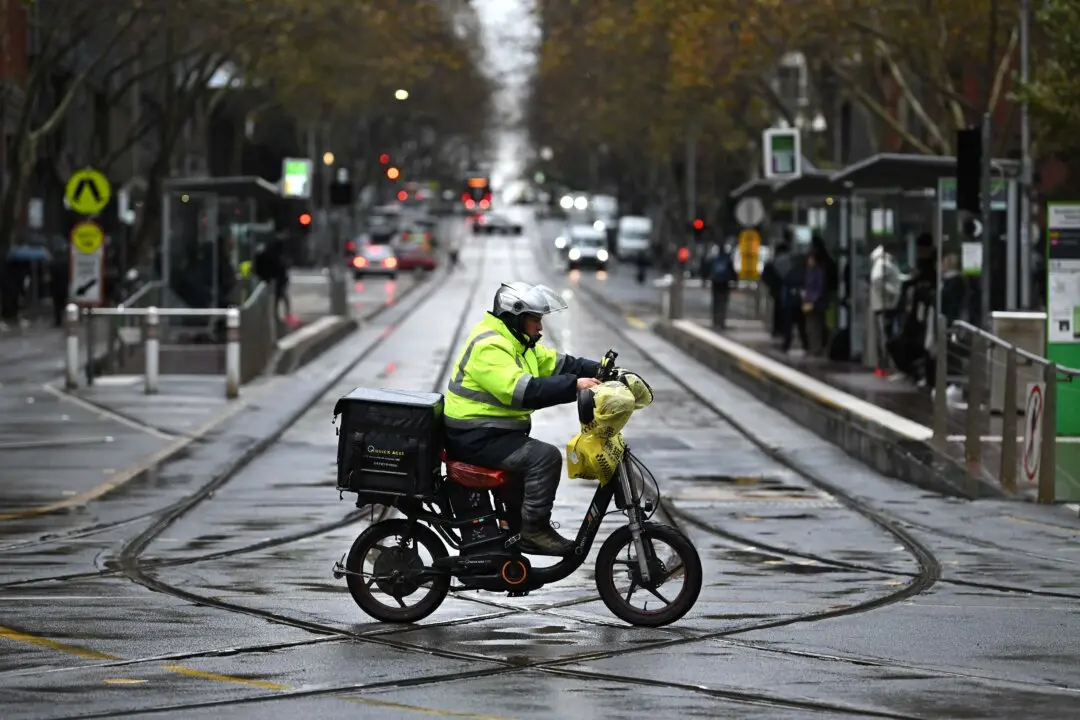A new study published in the Journal of Hospital Infection recommends testing patients for COVID-19 upon admission and requiring staff to wear N95 masks.
Scientists from the Burnet Institute in Melbourne discovered that 15 to 25 percent of patients who tested positive for COVID-19 got the virus after being admitted to the hospital.





